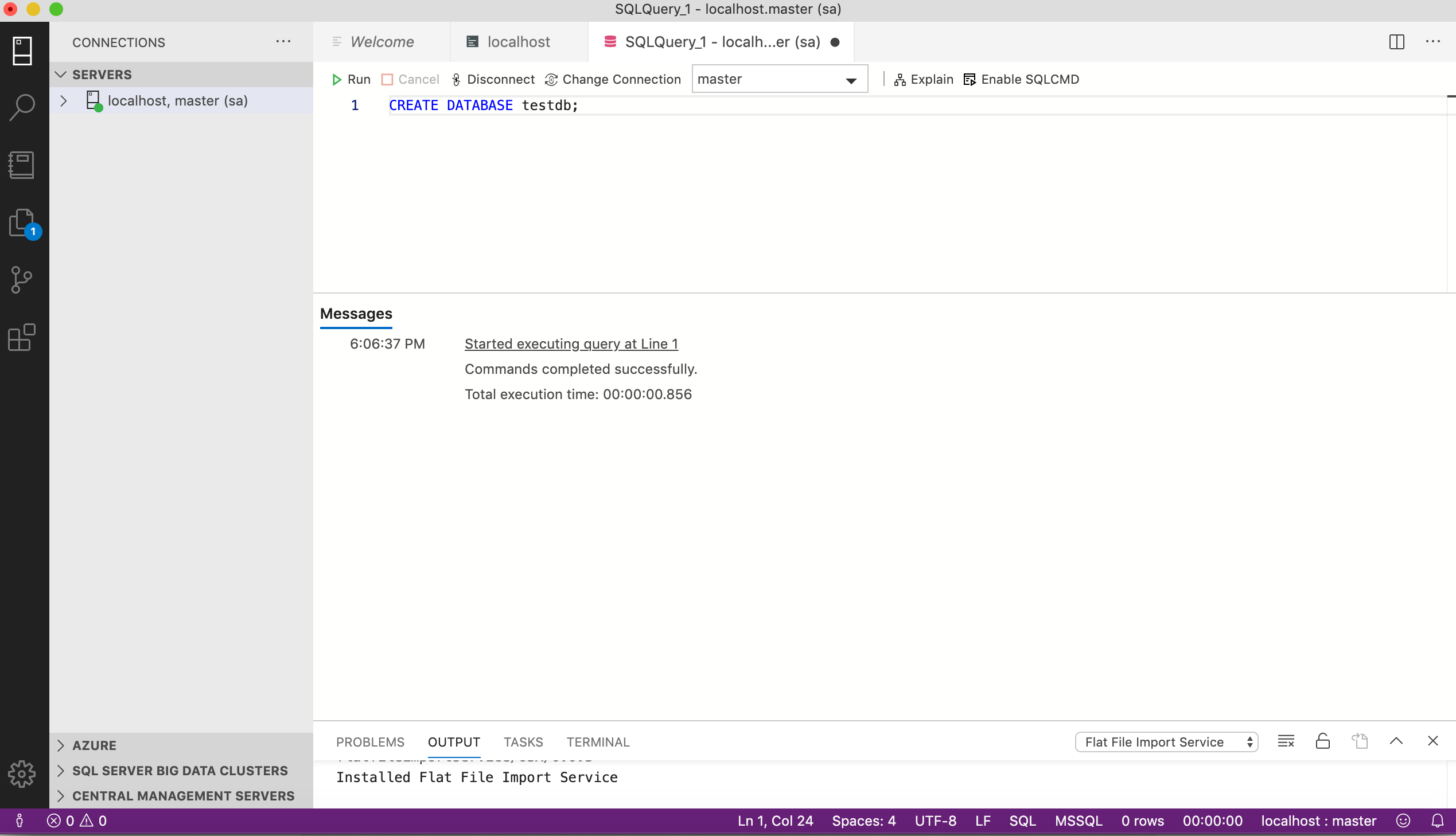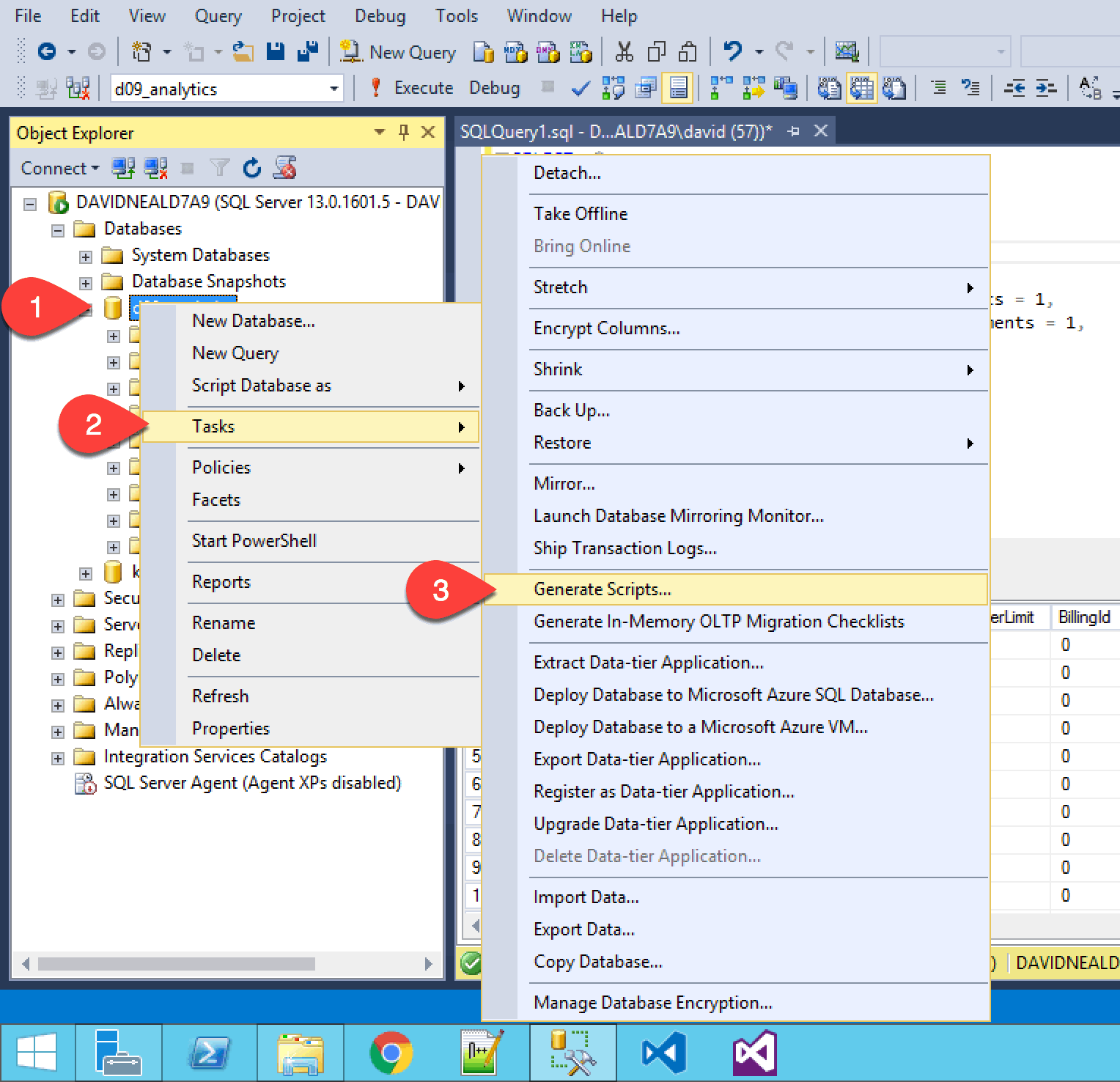Get Sqlcmd For Mac
I previously explained how to install SQL Server on a Mac via a Docker container. When I wrote that, SQL Server 2017 was the latest version of SQL Server, and it had just been made available for Linux and Docker (which means that you can also install it on MacOS systems). In order to run SQL Server on your Mac, we are going to use the SQL Server on Linux Docker Image. For this, you need to install Docker for Mac. Configure at least 4GB of memory for your Docker environment, also consider adding multiple cores if you want to evaluate performance. You can do this in the Preferences - Advanced option on the menu bar.
Invoke-Sqlcmd is Now Available for MacOS & Linux in the SqlServer module. The module has been posted as v21.1.18095-preview which means to download the module you’ll have to add the -AllowPrerelease parameter.

But wait, there’s more. In order to use the Invoke-Sqlcmd cmdlet on PSCore you’ll also need to download PSCore 6.2 which, as of this writing, is currently in Release Candidate status. I guess that makes this sort of a double-preview
For information on how to “installing a PowerShell Core Preview release for Linux” check out the docs page.
If you’re on a Mac, you’ll currently need to run pwsh-preview to launch v6.2 of PSCore. Once you have the module updated & PSCorev6.2 installed you’re ready to go. Nothing else needed.
To install PSCore v6.2 on MacOS, after you have run ‘brew cask install powershell’ then run the following code to allow it to access the preview version:
After that, run this to install the preview version of PSCore:
Finally, to launch the preview version of PSCore run the command below and off you go
If you’re still on an earlier version of PSCore and are unable to install PSCore 6.2 right now, you can still download preview of the SqlServer module to get the latest fixes and new features. You just won’t be able to use the Invoke-Sqlcmd cmdlet.
Another quick thing to note is that this is like a v.0.0.1 of Invoke-SqlCmd on PSCore; it does not have all the bells & whistles of the version of Invoke-Sqlcmd for [full blown] Windows PowerShell. Obviously, more features will be added over time, but the basic functionality was ready to for customers to start “kicking the tires”.

The functionality listed in the release notes notes are as follows:
“* Initial support for Invoke-Sqlcmd on .Net Core (-Variable, -DisableVariables, -DisableCommand,
-QueryTimeout, -ConnectionTimeout, -Hostname not supported yet). ”

If you run into an issue with the cmdlet, please do comment on the PowerShell Gallery page for the SqlServer module, Matteo is really good about responding there.
Get Sqlcmd For Mac Windows 7
I just pushed out a new (prerelease) version of the SQLServer PowerShell module at https://t.co/mnYCjyVouu.

Surprise, surprise! If you are on PowerShell 6.2.0 (also preview), you’ll be able to run Invoke-Sqlcmd (basic functionality).
Enjoy! pic.twitter.com/Sol1tASTjw
— Matteo Taveggia (@matteo_taveggia) March 5, 2019
Enter your email address to subscribe to this blog and receive notifications of new posts by email.
In this section, you will get SQL Server 2017 running on Docker on your Mac and then you will install the necessary dependencies to run GoLang.
Step 1.1 Install SQL Server
- In order to run SQL Server on your Mac, we are going to use the SQL Server on Linux Docker Image. For this, you need to install Docker for Mac.
- Configure at least 4GB of memory for your Docker environment, also consider adding multiple cores if you want to evaluate performance. You can do this in the Preferences - Advanced option on the menu bar.
- Next, start a new Terminal prompt and use the following commands to download and start the SQL Server on Linux Docker image. Make sure to use a strong password with special characters.
You now have SQL Server running locally in Docker! Check out the next section to continue installing prerequisites.
Step 1.2 Install Homebrew and GoLang
Get Sqlcmd For Mac 2017
If you already have GoLang installed on your machine, skip this step. Use the following commands to install Homebrew. Make sure to restart your terminal session once you’re done.
Install Homebrew.
Restart the terminal session.
Update Homebrew and install GoLang.
Set up the GOPATH, GOROOT and GOBIN environment variables and add these to the PATH with the following commands:
Step 1.3 Install the ODBC Driver and SQL Command Line Utility for SQL Server
SQLCMD is a command line utility that enables you to connect to SQL Server and run queries.
After installing SQLCMD, you can connect to SQL Server using the following command:
This how to run a basic inline query. The results will be printed to the STDOUT.
You have successfully installed SQL Server Command Line Utilities on your macOS machine!
Install Sqlcmd Macos
You have successfully installed and setup GoLang and mssql-tools on your Mac. You now have everything you need to start writing your Go apps with SQL Server!
